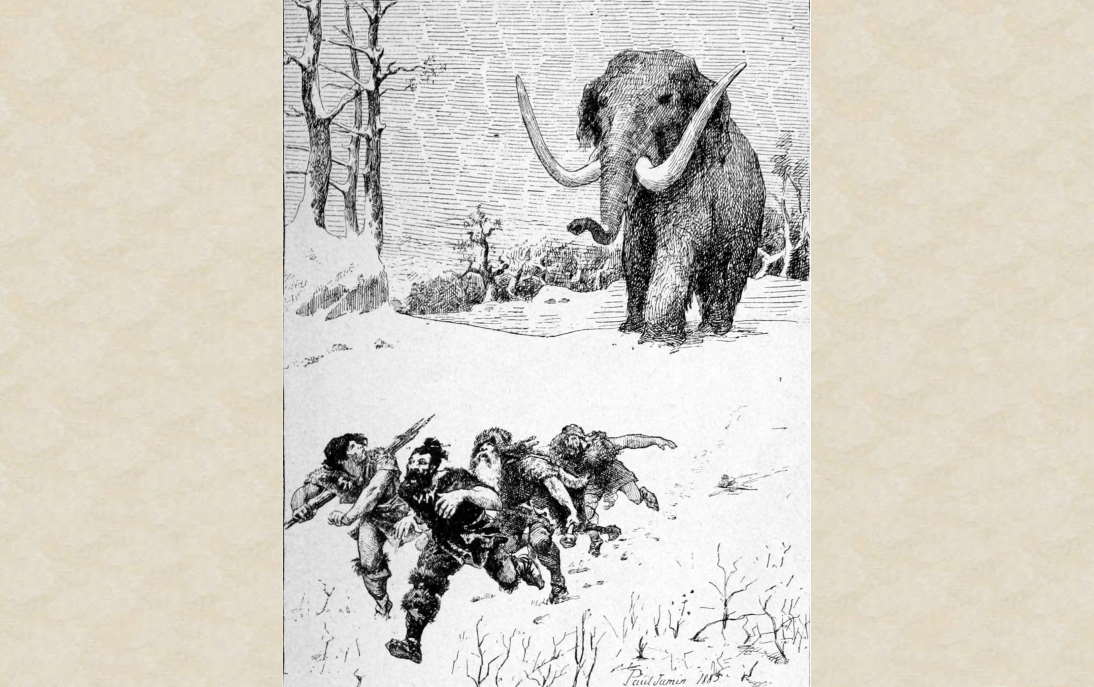Mammut
The Mammut, Mammoth, or Mamot is a member of the Elephantidae family. Often given the epithet "Woolly" due to the heavy wool-like hair which covers the creature's entire body. Mammuts are sometimes used in warfare among the northern tribes, with chieftains and other headmen equipping their prized mammut with an Elpendcæster .
When domesticated, the great strength of the Mammut is wisely used to carry goods and supplies across vast distances. Their keen memory and sense of direction allows them to find their path even in the middle of a blizzard when their rider is blinded by the icy winds of the north.
Though considered quite loyal to their riders when tamed, their wild brethren should be avoided at all costs. Male mammoths can be quite territorial, and will frequently charge unwary visitors who venture too close.
Basic Information
Anatomy
One of the larger members of Elpend-kind, Mammoths tower twenty feet or more above the heads of the civilized races. Their massive tusks are considered to be quite valuable, with Mammoth ivory, or elpen-ban, being greatly desired for its beauty in carving, sculpture, and other luxury items.
Growth Rate & Stages
It will take a Mammut an entire generation to reach adulthood, generally 30 years after birth. Mammuts also possess the remarkable ability to continue to grow as they age, and it is not infrequent to encounter tamed Mammuts who outlive the great-grandchildren of their original tamers.
It is unheard of for a Mammut to die of old age. In the wild, they will fall victim to an ice drake or a well-armed hunting party, though even the drakes keep their distance from the eldest (and largest) of the herd. In lean years these beasts will occasionally die of starvation, unable to forage for the enormous amount of plant matter required to keep such massive creatures fed.
Ecology and Habitats
Mammuts are restricted to the Northernmost extremities of the known world, and are now rarely seen outside of their traditional heartland. Seasonally they migrate between their summer tundra grazing grounds, and their arctic breeding territory in the winter. Particularly harsh winters, or delayed spring may see the Mammut herds migrate further to the south in search of sustenance, outside of their usual range.
Dietary Needs and Habits
Grass and lichen make up the majority of Mammut's diet, though they have been known to knock down trees with their tusks in order to feast on the fresh spring buds of northern trees. They spend their entire waking moments during spring and summer grazing in order to build their fat reserves for the winter breeding season.



Comments